
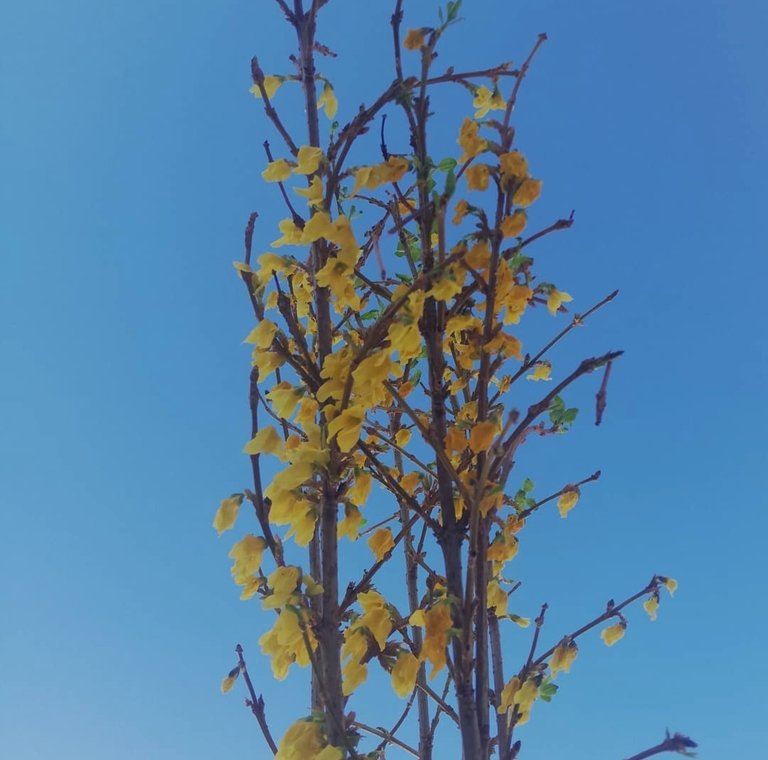
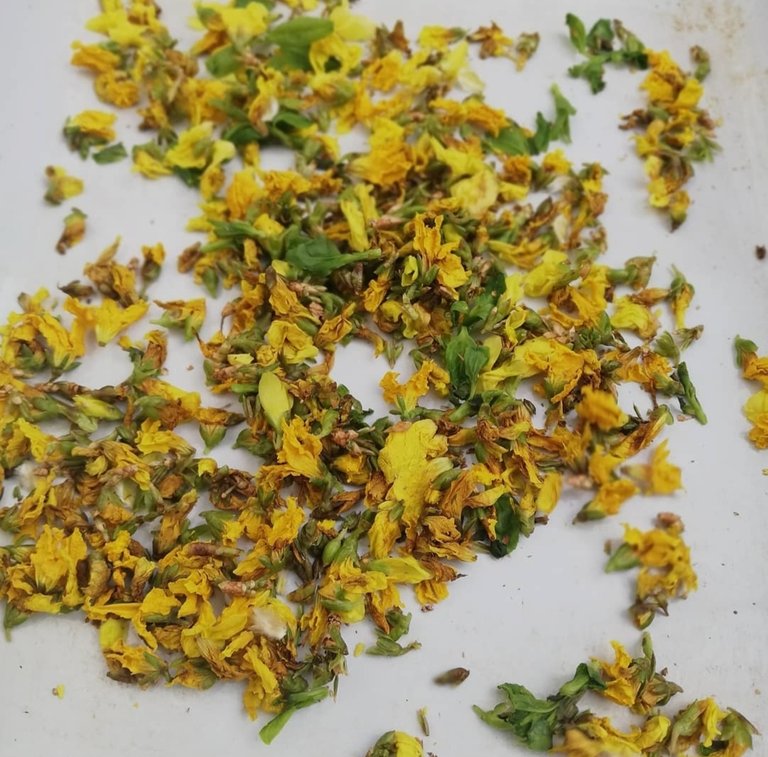
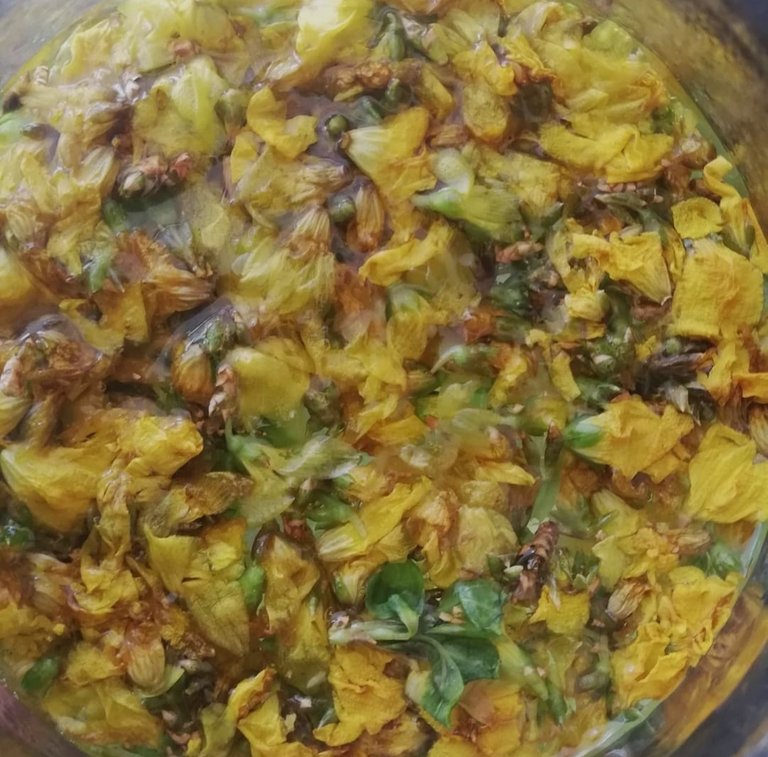
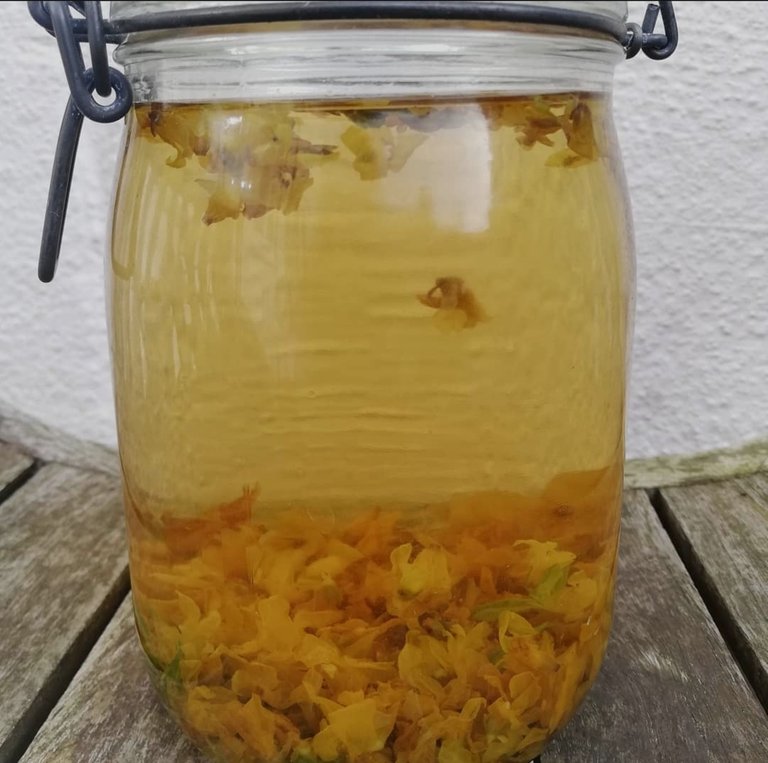
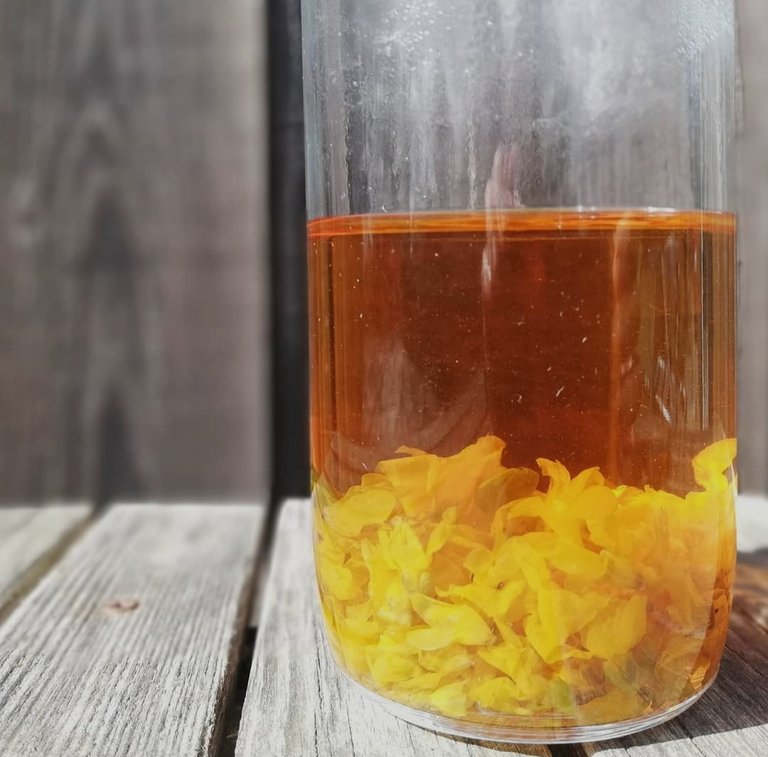
¡Té de Forsythia!
Una de mis cosas favoritas sobre el estudio es que puedo observar una planta e investigar sus beneficios medicinales.
Aquí está la historia de mi té Forsythia...
Me obsequió este hermoso ramo de forsitia de la encantadora amiga en nuestro mercado de agricultores. Mientras iluminaba nuestra sala de estar, leí sobre la forsitia.
Me tomó un tiempo rastrear los beneficios medicinales de la misma, ya que en realidad es más una planta tradicional china, traída a Europa alrededor de la década de 1830. El género Forsythia lleva el nombre del Royal Head Gardner, botánico escocés William Forsyth.
En la medicina china, la Forsythia es una hierba importante y se ha utilizado durante al menos tres mil años. El nombre chino es Lian Qiao. En China, la fruta y las semillas amarillas inmaduras de la planta se muelen juntas. Lian qiao se usa internamente para escalofríos, fiebre, dolores de cabeza y externamente para quemaduras, infecciones, erupciones y similares.
Cuando las flores parecían a punto de secarse, vertí agua caliente y la dejé reposar durante unas horas hasta que el color brillante de las flores llegó al agua.
¿El resultado? ¡Una bebida primaveral preciosa, dulce y de sabor amargo!
- Tendré que hacer mucho más para saborear realmente sus usos medicinales, pero el sabor y la sensación de la bebida fueron maravillosos...
Forsythia tea!
One of my favorite things about the study is that I can observe a plant and investigate its medicinal benefits.
Here's the story of my Forsythia tea...
I was presented with this beautiful bouquet of forsythia from the lovely friend at our farmers market. While lighting our living room, I read about forsythia.
It took me a while to trace the medicinal benefits of it, as it is actually more of a traditional Chinese plant, brought to Europe around the 1830s. The genus Forsythia is named after the Royal Head Gardner, Scottish botanist William Forsyth.
In Chinese medicine, Forsythia is an important herb and has been used for at least three thousand years. The Chinese name is Lian Qiao. In China, the fruit and the immature yellow seeds of the plant are ground together. Lian qiao is used internally for chills, fever, headaches, and externally for burns, infections, rashes, and the like.
When the flowers seemed about to dry up, I poured in hot water and let it sit for a few hours until the bright color of the flowers reached the water.
The result? A lovely, sweet and bitter-tasting spring drink!
- I'll have to do a lot more to really savor its medicinal uses, but the taste and feel of the drink were wonderful...
Does it help for insomnia???
Because it looks delicious!
Hi ilove0,
Visit curiehive.com or join the Curie Discord community to learn more.
Congratulations @ilove0! You have completed the following achievement on the Hive blockchain and have been rewarded with new badge(s) :
Your next target is to reach 500 upvotes.
You can view your badges on your board and compare yourself to others in the Ranking
If you no longer want to receive notifications, reply to this comment with the word
STOPCheck out the last post from @hivebuzz: